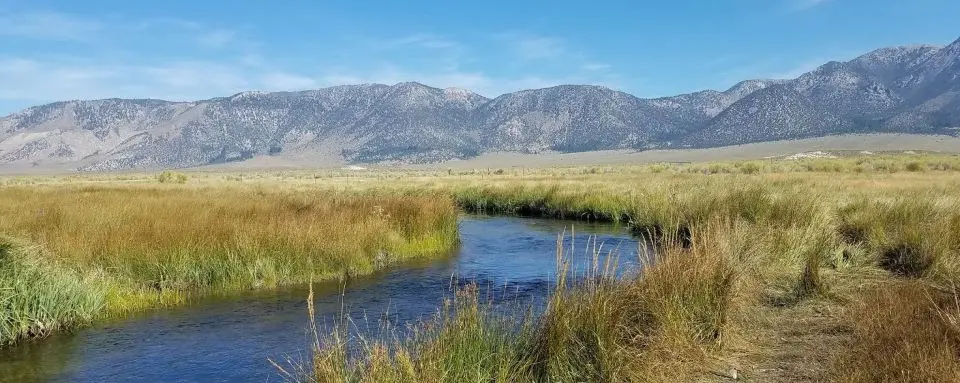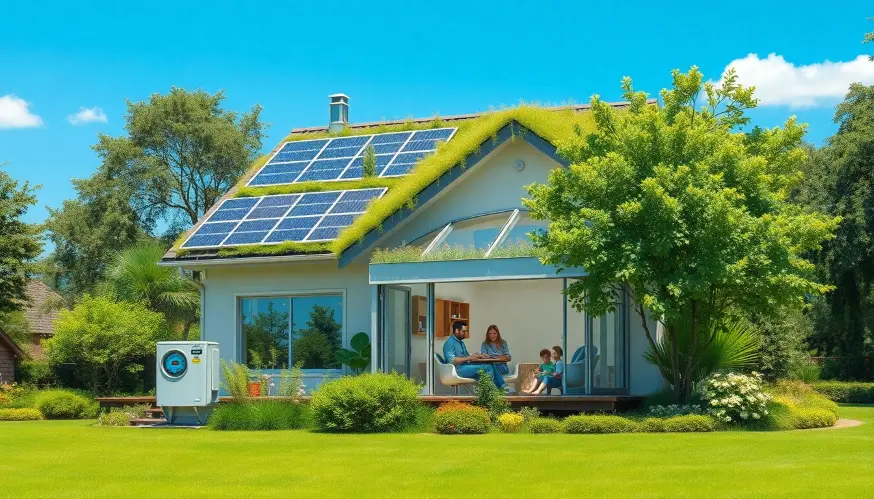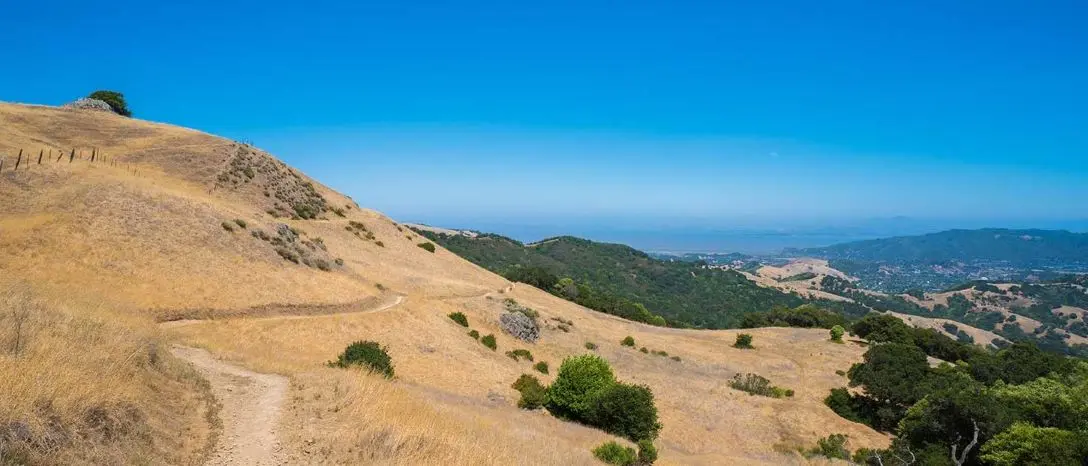Marin County Open Space District Region 1 Designation
Marin County Open Space District (MCOSD) recently approved Conditional Designation Maps for Region 1 after carefully considering public input and analyzing public comments received regarding them for six southeastern Marin preserves in Region 1. This step represents an essential advance toward managing natural resources and recreational opportunities across this region, and for completeness’ sake below is a complete listing of approved maps in Region 1.
MCOSD Designation Map
The Region 1 Designation Map details all roads and trails within these preserves;
- Camino Alto Horse Hill provides access to Alto Bowl, Baltimore Canyon and Blithedale Summit within driving distance of their location.
- King Mountain | Comprehensive Map (in PDF Format). This detailed map gives visitors to these preserves an accurate representation of approved routes within them so they may navigate with confidence while minimising impact to sensitive ecosystems.
Region 1 Use Map
To supplement the Designation Map, the Region 1 Use Map identifies user groups on roads and trails within Region 1 preserves as well as their designated uses on these same roadways and trails – providing invaluable assistance. For instance:
Hikers, Cyclists and Equestrians by clearly outlining which activities may occur on each trail, Use Maps serve to alleviate conflicts among different user groups while safeguarding natural environments against overuse.
Location and Context
Region 1 can be found in the southeast portion of Marin County and encompasses six open space preserves totalling an approximate 1,197-acre surface area. Within its boundaries are found:
Alto Bowl and Baltimore Canyon (each covering 193 acres), Blithedale Summit (640 acres), Camino Alto (170 acres) and Horse Hill Hill Hill Mountain are some of the premiere areas to find in San Mateo County.
Region 1 offers residents and visitors alike an abundance of recreational opportunities across its 34 miles of roads and trails, making this region perfect for both residents and travelers. Plus, its prime location allows it to be near other significant natural and urban areas that lie nearby:
Mount Tamalpais State Park and Golden Gate National Recreation Area can be found to the west, while Homestead Valley public lands and private residences to its south make up Homestead Valley (south). Piper Park along US 101 offers residential areas near U.S. 101 while Hal Brown Park at College of Marin offers residences northward of that road – each can be found east.
Within one quarter mile of MCOSD roads and trails in Region 1, land use can vary widely: agriculture, timberland and pasture are just among many possibilities that exist close by.
Residential land used for residential purposes accounted for 1,591 of 2,742 acres (66.5%) while open space made up 18% (1812 acres, 18.3%). Public and quasi-public uses comprised 286 of these acres (12.7%); 54 were dedicated solely or partly for commercial/mixed uses (2.3%).
Due to such a diverse mix of land uses, proper management must take place to strike a balance between conservation efforts, recreational access and urban expansion.
Community Involvement
MCOSD recognizes the significance of public involvement in decision making processes. As part of their ongoing community outreach initiative, an MCOSD Regional 1 Designation Public Workshop was hosted on March 22, 2015. At this workshop, local residents and stakeholders had an opportunity to:
Attend the proposed designation sessions; pose any necessary queries and seek clarification when needed, offer feedback or suggest changes, as well as contributing to the final decision-making process.
The workshop presentation, available as a PDF document, contains in-depth details of the designation process and any proposed changes.
Marin County Open Space District’s approval of proposed conditional designation maps for Region 1 represents a milestone achievement in managing Marin’s open spaces. By carefully balancing user needs with environmental conservation concerns and by protecting those natural assets that distinguish Marin – MCOSD has taken an integral step to ensure long-term sustainability of these precious natural assets.
Established roads and trails with clear usage guidelines will help preserve the ecological integrity of preserves while offering opportunities for outdoor recreation. As more members of our communities engage with them, ongoing monitoring and adjustment to management strategies become even more crucial to maintaining this delicate balance.
Visitors to Region 1 preserves should acquaint themselves with their new designation and utilize maps as guides in order to use trails responsibly, following approved guidelines, and preserve and enjoy these beautiful open spaces for future generations. Working together, communities can preserve these beautiful spaces together.







